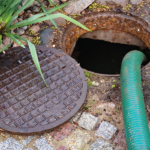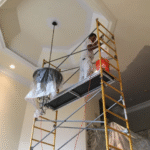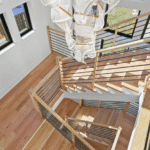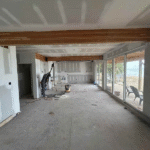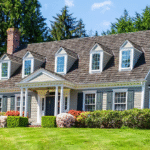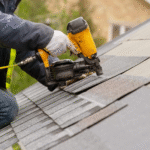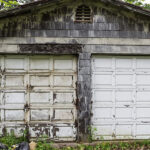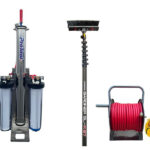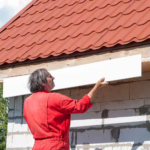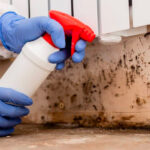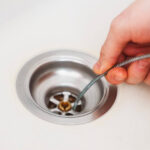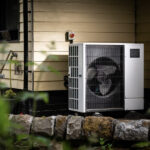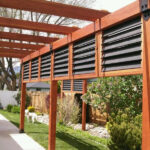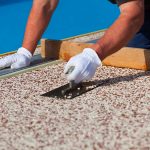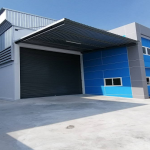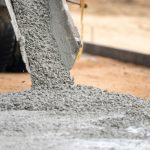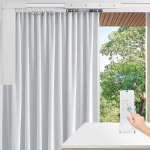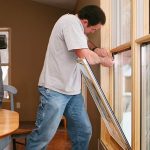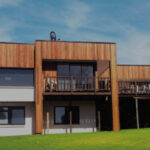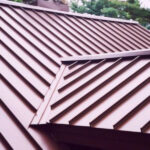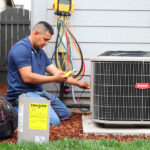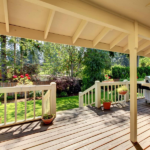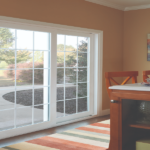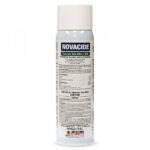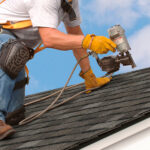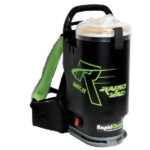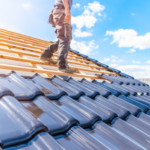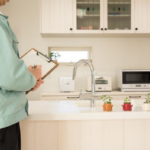
The UK’s weather is notoriously unpredictable, with heavy rain, strong winds, and occasional frost posing challenges for homeowners. Weatherproofing your home is essential to protect it from the elements, reduce maintenance costs, and improve energy efficiency. By taking proactive steps, you can ensure your property remains comfortable, durable, and valuable. Here are practical ways to weatherproof your UK home.
Insulate Walls and the Loft
Insulation is a cornerstone of weatherproofing, especially in the UK’s cold, damp winters. Poor insulation leads to heat loss, higher energy bills, and potential damp issues. Start with your loft, as up to 25% of heat escapes through the roof. Ensure loft insulation meets the recommended depth of 270mm, using materials like mineral wool or fibreglass. For walls, cavity wall insulation is effective for homes built after the 1920s, filling the gap between external and internal walls with insulating material. For older homes with solid walls, consider external or internal wall insulation, though this is more costly.
Check for draughts around windows, doors, and skirting boards. Use self-adhesive foam strips or silicone sealant for quick, affordable fixes. These measures not only keep your home warmer but also reduce energy costs, with potential savings of £100–£300 annually, according to the Energy Saving Trust.
Maintain Your Roof
Your roof is your home’s first line of defence against rain and wind. Inspect it annually, ideally before winter, for loose or missing tiles, cracked flashing, or blocked gutters. In the UK, storms can dislodge tiles, leading to leaks that cause internal damage. Hire a professional to repair any issues, as climbing ladders in wet or windy conditions is risky. Clear gutters of leaves and debris to prevent water overflow, which can seep into walls and cause damp.
Consider applying a waterproof roof coating to extend the life of older roofs. For flat roofs, common in some UK extensions, ensure the membrane is intact and consider upgrading to modern materials like EPDM rubber for better durability.
Add Aluminium Balcony Soffit Cladding
For homes with balconies or overhangs, adding Aluminium Balcony Soffit Cladding is a smart weatherproofing solution. The soffit, the underside of a balcony or overhang, is often exposed to rain, wind, and UV rays, leading to rot or deterioration in traditional materials like wood. Aluminium cladding is durable, corrosion-resistant, and low-maintenance, making it ideal for the UK’s wet climate. Its sleek finish also enhances your home’s aesthetic, adding a modern touch.
Aluminium soffit cladding protects against moisture ingress, reducing the risk of structural damage. It’s particularly effective for coastal properties, where salty air accelerates corrosion. Available in various colours and textures, it can be tailored to match your home’s style. Installation is straightforward, often requiring minimal structural changes, and it can be done by professionals to ensure a watertight fit. This upgrade not only improves weather resistance but also boosts property value by enhancing functionality and appearance.
Seal Windows and Doors
Windows and doors are common weak points for weatherproofing. In the UK, where driving rain is frequent, ensure seals around frames are intact. Replace worn weatherstripping with new rubber or foam seals to block draughts and water. For older single-glazed windows, consider upgrading to double or triple glazing, which improves insulation and reduces noise. If that’s beyond your budget, secondary glazing film is a cost-effective alternative, adding a layer of plastic to trap heat.
For external doors, install a storm guard or brush strip at the base to prevent water seepage. Check for gaps around the frame and use sealant or expanding foam to fill them. These small fixes can significantly improve your home’s ability to withstand wet and windy conditions.
Improve Drainage
Poor drainage can lead to water pooling around your home’s foundation, causing damp or structural issues. Ensure downpipes and drains are clear of debris, as blockages can cause overflow during heavy rain. In the UK, where rainfall is frequent, consider installing a French drain or improving garden drainage with gravel or permeable paving. If your property is prone to flooding, a sump pump in the basement or crawl space can provide extra protection.
Check external walls for cracks or gaps where water could penetrate. Repoint brickwork if mortar is crumbling, and apply a waterproof masonry sealant to porous surfaces. These steps prevent moisture from seeping into walls, reducing the risk of damp and mould.
Upgrade Outdoor Features
Finally, protect outdoor features like fences, sheds, and patios. Treat wooden fences with a waterproof sealant to prevent rot, and secure loose panels to withstand strong winds. For sheds, ensure the roof is watertight and elevate the base to avoid water pooling. If you have a patio, consider replacing cracked slabs with weather-resistant materials like porcelain tiles, which handle frost and rain better than concrete.
By insulating walls and lofts, maintaining your roof, adding aluminium balcony soffit cladding, sealing windows and doors, improving drainage, and upgrading outdoor features, you can effectively weatherproof your UK home. These improvements not only protect your property from the elements but also enhance comfort, reduce energy costs, and increase resale value. Start with one or two projects this winter, and your home will be better equipped to handle the UK’s challenging weather.


